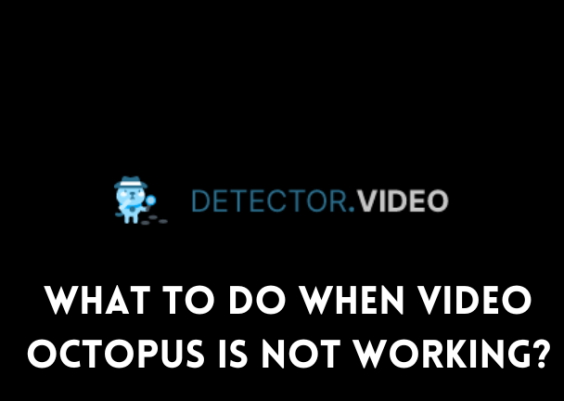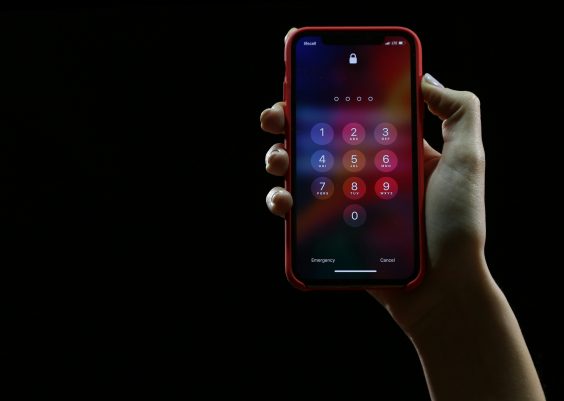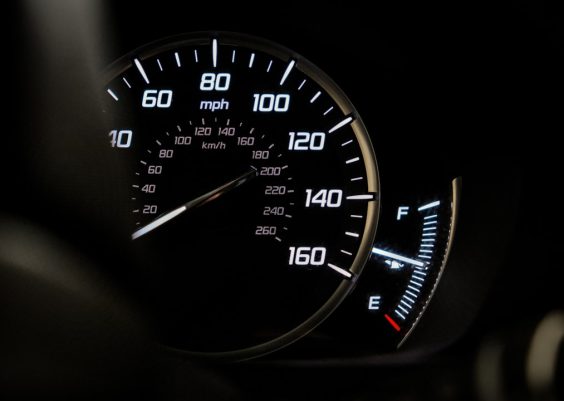Google Chrome is one of the most popular web browsers, known for its speed and versatility. However, it’s not immune to performance issues. One common error users encounter is the ‘Unable to complete previous operation due to low memory’ message. This error typically occurs when Chrome consumes more memory than your system can provide, often caused by multiple open tabs, resource-heavy websites, or extensions. Here’s a detailed guide to resolve this issue.

Contents
Understanding the Issue
Chrome is a memory-intensive browser that uses a significant amount of RAM to provide a smooth browsing experience. When your system runs out of available memory, Chrome may fail to perform tasks, leading to the ‘low memory’ error. This problem is more common on devices with limited RAM or when running numerous applications simultaneously.
Fixing the Low Memory Error in Chrome
1. Close Unnecessary Tabs and Windows
Having too many tabs or windows open can consume a large amount of memory. To fix this:
Identify tabs you no longer need and close them.
Use Chrome’s Task Manager to check memory usage for each tab. You can access it by clicking the three-dot menu, selecting “More tools,” and then “Task Manager.”
End tasks for high-memory tabs by selecting them and clicking “End Process.”
2. Disable Unnecessary Extensions
Extensions can significantly impact Chrome’s performance. To manage extensions:
Type chrome://extensions/ into the address bar and press Enter.
Review the list of installed extensions and disable or remove the ones you don’t use by toggling them off or clicking “Remove.”
3. Clear Cache and Cookies
Over time, cached data and cookies can accumulate, affecting browser performance. To clear them:
Open the three-dot menu and select “Settings.”
Navigate to “Privacy and security” and click “Clear browsing data.”
Select “Cookies and other site data” and “Cached images and files,” then click “Clear data.”
4. Enable Hardware Acceleration
Hardware acceleration offloads processing tasks to your GPU, reducing the burden on your CPU and RAM. To enable it:
Go to “Settings” and search for “Hardware Acceleration.”
Toggle the “Use hardware acceleration when available” option to on.
Restart Chrome to apply changes.
5. Increase Virtual Memory
If your system’s RAM is insufficient, increasing virtual memory can help. To do this on Windows:
Search for “Advanced system settings” in the Start menu.
Under the “Advanced” tab, click “Settings” in the Performance section.
Go to the “Advanced” tab and click “Change” under Virtual Memory.
Adjust the initial and maximum size values for the paging file and click “OK.”
6. Update Chrome
Outdated versions of Chrome may have bugs that cause memory issues. To update Chrome:
Open the three-dot menu and select “Help,” then “About Google Chrome.”
Chrome will automatically check for updates and prompt you to relaunch if an update is available.
7. Restart Your Device
Restarting your computer clears temporary files and refreshes system resources, which can resolve memory-related issues.
Preventing Low Memory Errors in the Future
Monitor System Resources: Use Task Manager (Windows) or Activity Monitor (Mac) to keep an eye on RAM usage.
Use Lightweight Alternatives: If you frequently experience memory issues, consider using lighter browsers or Chrome alternatives like Brave or Opera.
Upgrade Hardware: Adding more RAM to your device can significantly improve performance.
The ‘Unable to complete previous operation due to low memory’ error in Chrome can disrupt your browsing experience, but it’s usually fixable with the steps outlined above. By managing tabs, disabling extensions, clearing cache, and optimizing your system’s memory usage, you can prevent this issue and enjoy smoother browsing. If the problem persists, consider upgrading your hardware or exploring alternative browsers that are less resource-intensive.




